The properties of space have been postulated by many, from ancient Vedic philosophy, Eastern Mystics, various ancient civilizations throughout human history all the way to Descartes, Einstein, Newton and more.
Again, if you observed the composition of an atom with a microscope, you would see a small, invisible tornado like vortex, with a number of infinitely small energy vortices called quarks and photons. These are what make up the structure of the atom. As you focused in closer and closer on the structure of the atom, you would see nothing, you would observe a physical void. The atom has no physical structure, we have no physical structure, physical things really don’t have any physical structure. Atoms are made out of invisible energy, not tangible matter.
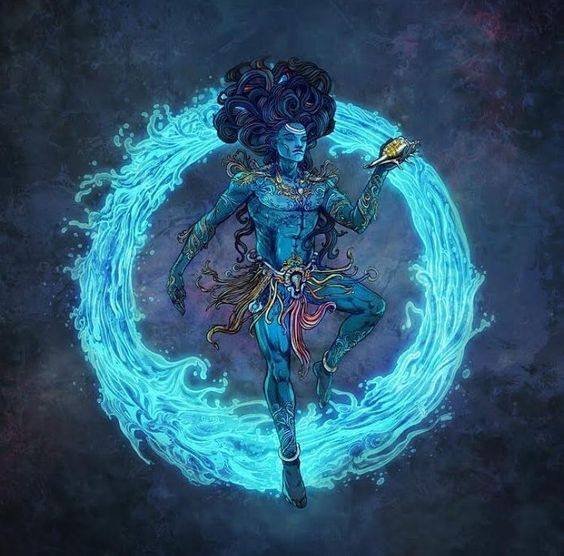
Tesla and Ancient Vedic Philosophy and the Properties of Space
The Vedas are a group of writings that consist of hymns, prayers, myths, historical accounting, science and the nature of reality. They date back at least 5000 years, and are not so different from other ancient texts that dive into the same matters from all across the globe. The language used is Sanskrit and its origins are unknown.
We’ve seen a very interesting trend (especially within the past decade) of modern-day science catching up to an ancient understanding about the true nature of reality, its make-up, how it functions and how we can work with it to bring about change on our planet. For anybody to label merging of spirituality and science as pseudoscience means they have not properly investigated it. Spiritual concepts of our ancient world are directly intertwined with modern-day science, more so quantum physics, and Nikola Tesla was well aware of this.
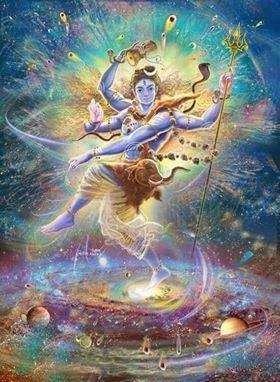
Nikola Tesla had correlations with Swami Vivekananda (1863-1902), who was one of the most famous and influential spiritual leaders of the philosophies of Vedanta (one of the six schools of Hindu philosophy, the term originally referred to the upanishads, a collection of philosophical texts in Hinduism) and Yoga. He was the chief disciple of Ramakrishna Paramahamsa and the founder of Ramakrishna Math and Ramakrishna Mission. He is a giant figure in the history of the hindu reform movements. Tesla began using the Sanskrit words after meeting with Swami, and after studying the Eastern view of the true nature of reality, about the mechanisms that drive the material world. Eventually, it led him to the basis for the wireless transmission of electrical power, what is known as the Tesla Coil Transformer. During this year he made the following comments during a speech before the American Institute of Electrical Engineers (given before he familiarized himself with the Vedic sincere of the eastern nations of India, Tibet, and Nepal) Apparently, Tesla was unable to show the identity of energy and matter, this did not come until Albert Einstein published his paper on relativity, which was known in the East for the last 5000 years. Tesla’s vision of the wireless transmission of electricity and free energy has been postponed for almost one hundred years now.
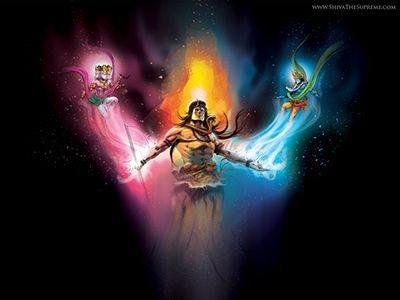
Bohr, Heisenberg and Schrödinger regularly read Vedic texts
Heisenberg stated: “Quantum theory will not look ridiculous to people who have read Vedanta. Vedanta is the conclusion of Vedic thought.” The famous Danish physicist and Nobel Prize winner, Laureate Niels Bohr (1885-1962) (pictured right), was a follower of the Vedas. He said, “I go into the Upanishads to ask questions.” Both Bohr and Schrödinger, the founders of quantum physics, were avid readers of the Vedic texts and observed that their experiments in quantum physics were consistent with what they had read in the Vedas.
Niels Bohr got the ball rolling around 1900 by explaining why atoms emit and absorb electromagnetic radiation only at certain frequencies.
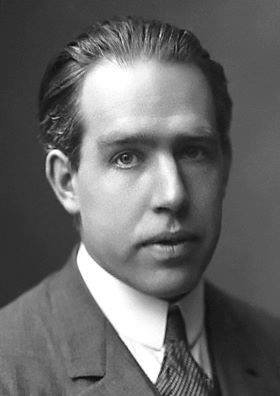
Then, in the 1920′s Erwin Schrödinger (1887-1961), an Austrian-Irish physicist (pictured below), who won the Nobel prize, came up with his famous wave equation that predicts how the Quantum Mechanical wave function changes with time. Wave functions are used in Quantum Mechanics to determine how particles move and interact with time. This is a reference to the Mundaka Upanishad mantra (above) in which the Vedic understanding of the connectivity of living entities is put forward to help the Bhakta (practitioner of yoga) to understand the difference between the body and the living entity. How the real nature of the living entity is realized only in union with the source, the supreme being (Brahman/Krishna) through a platform of transcendental divine loving service.
Schrödinger, in speaking of a universe in which particles are represented by wave functions, said: “The unity and continuity of Vedanta are reflected in the unity and continuity of wave mechanics. This is entirely consistent with the Vedanta concept of All in One.”
Vedanta and Gnosticism are beliefs likely to appeal to a mathematical physicist, a brilliant only child, tempted on occasion by intellectual pride. Such factors may help to explain why Schrödinger became a believer in Vedanta, but they do not detract from the importance of his belief as a foundation for his life and work. It would be simplistic to suggest that there is a direct causal link between his religious beliefs and his discoveries in theoretical physics, yet the unity and continuity of Vedanta are reflected in the unity and continuity of wave mechanics.
In 1925, the world view of physics was a model of the universe as a great machine composed of separable interacting material particles, During the next few years, Schrödinger and Heisenberg and their followers created a universe based on superimposed inseparable waves of probability amplitudes. This new view would be entirely consistent with the Vedantic concept of the All in One (Schrödinger: Life and Thought (Meine Weltansicht), p. 173).
According to Walter J. Moore on page 125 of his biographical work, A Life of Erwin Schrödinger, Schrödinger found “Vedanta teaches that consciousness is singular, all happenings are played out in one universal consciousness and there is no multiplicity of selves… The stages of human development are to strive for Possession (Artha), Knowledge (Dharma), Ability (Kama), Being (Moksha)… Nirvana is a state of pure blissful knowledge. It has nothing to do with individual. The ego or its separation is an illusion. The goal of man is to preserve his Karma and to develop it further – when man dies his karma lives and creates for itself another carrier.”
Schrödinger did not believe that it is possible to demonstrate the unity of consciousness by logical arguments. One must make an imaginative leap guided by communion with nature and the persuasion of analogies. He understood the nonmaterial eternal nature of the conscious self and how the Atman is intimately connected to the supreme.
In the 1920′s quantum mechanics was created by the three great minds: Heisenberg, Bohr and Schrödinger, who all read from and greatly respected the Vedas. They elaborated upon these ancient books of wisdom in their own language and with modern mathematical formulas in order to try to understand the ideas that are to be found throughout the Vedas, referred to in the ancient Sanskrit as “Brahman,” “Paramatma,” “Akasha” and “Atman.” As Schrödinger said, “some blood transfusion from the East to the West to save Western science from spiritual anemia.” Vedic texts such as the Bahgavad-gita and the Upanishads were collectively considered the most influential books ever written by eminent people like Thoreau, Kant, Schopenhauer, Schrödinger, Werner Heisenberg, Tesla, and Einstein, among others.
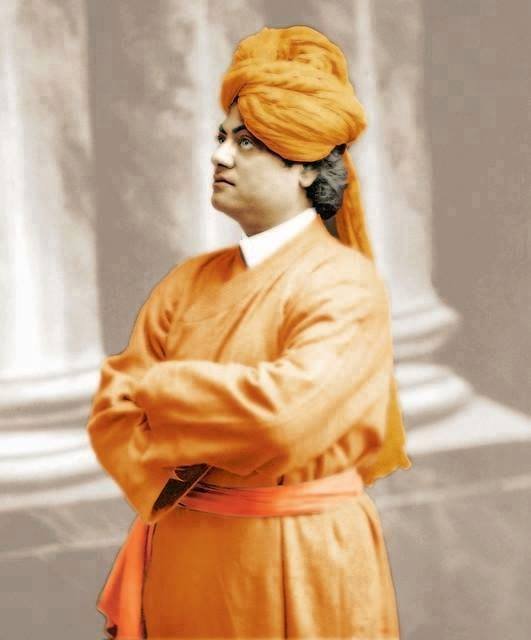
You cannot believe in God until you believe in yourself - Swami Vivekananda